
Eating excess salt increases the risk of high blood pressure, contrary to wellness coach’s claims
Claim:
“Salt does not raise blood pressure”
Latest in

Claim:
“Salt does not raise blood pressure”

Claim:
“Coconut oil in your diet is a remedy for Alzheimer’s”
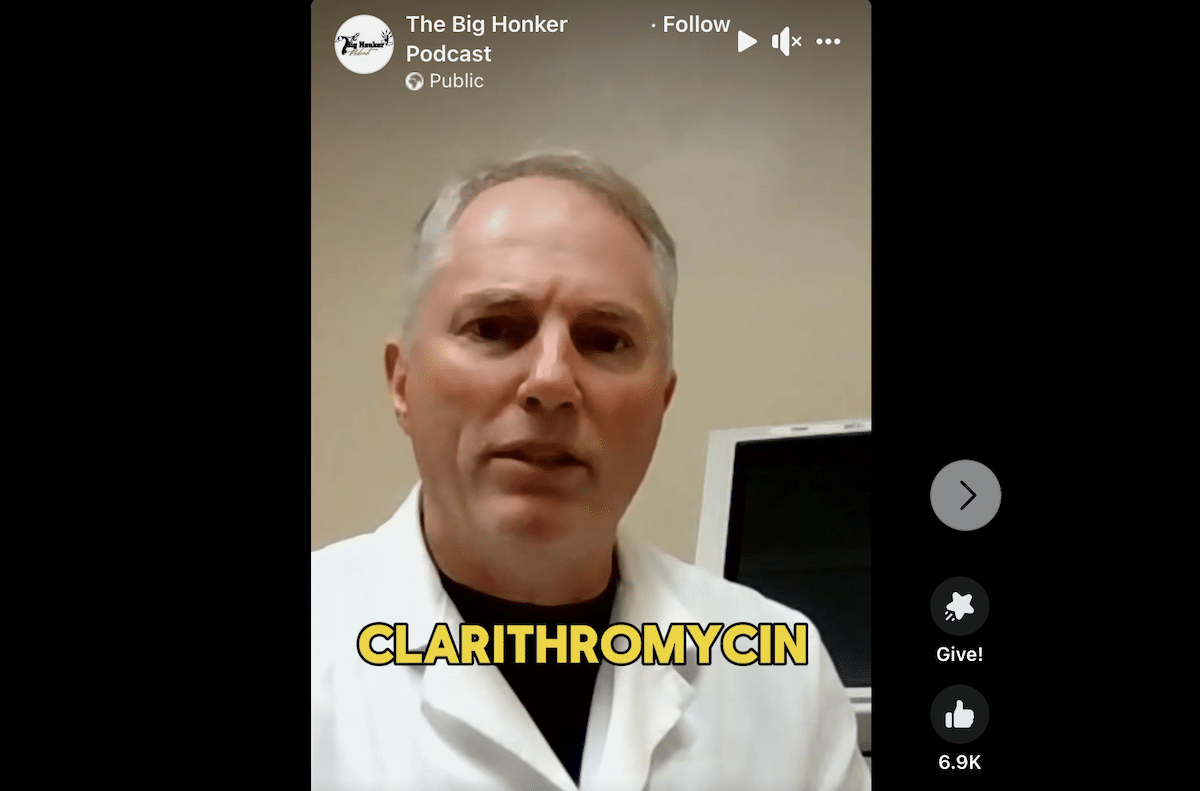
Claim:
Richard Bartlett found ‘“Silver Bullet” Covid Protocol’ but was silenced
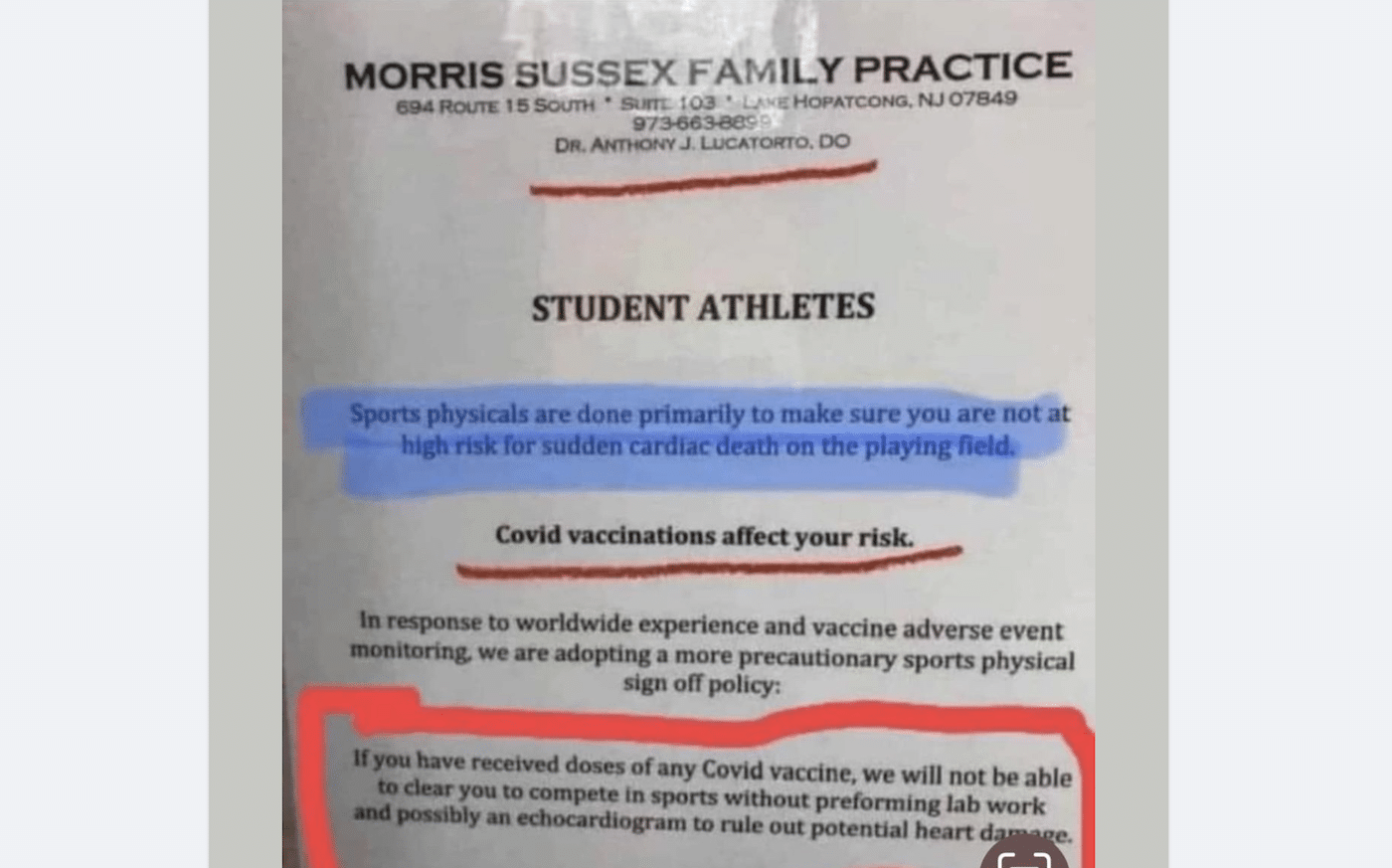
Claim:
“COVID-19 vaccinations affect your risk” of sudden cardiac death

Claim:
A video showed people “preparing body bags for the evening news clip during the pandemic”
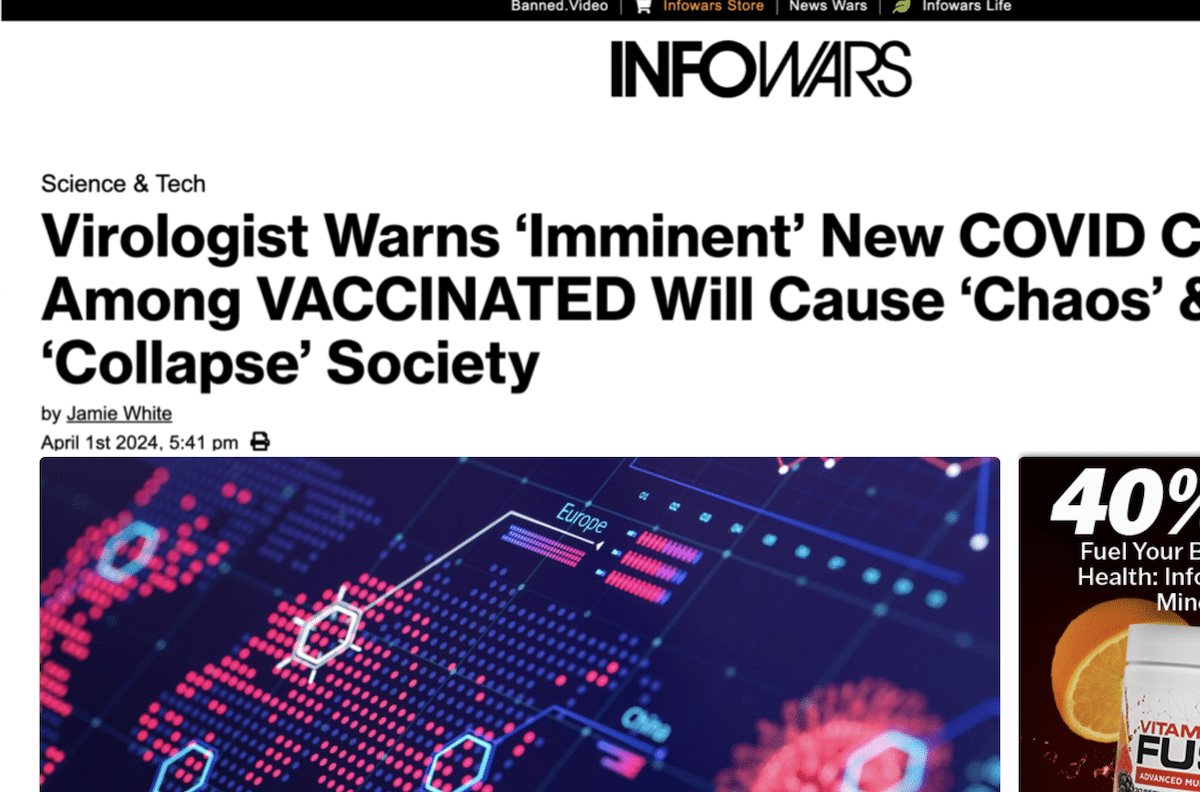
Claim:
COVID-19 vaccines will cause a “massive tsunami” of COVID-19 hospitalizations and deaths due to immune escape; Immune “dysregulation” in vaccinated people is turning COVID-19 into “a more chronic disease that we call long COVID”
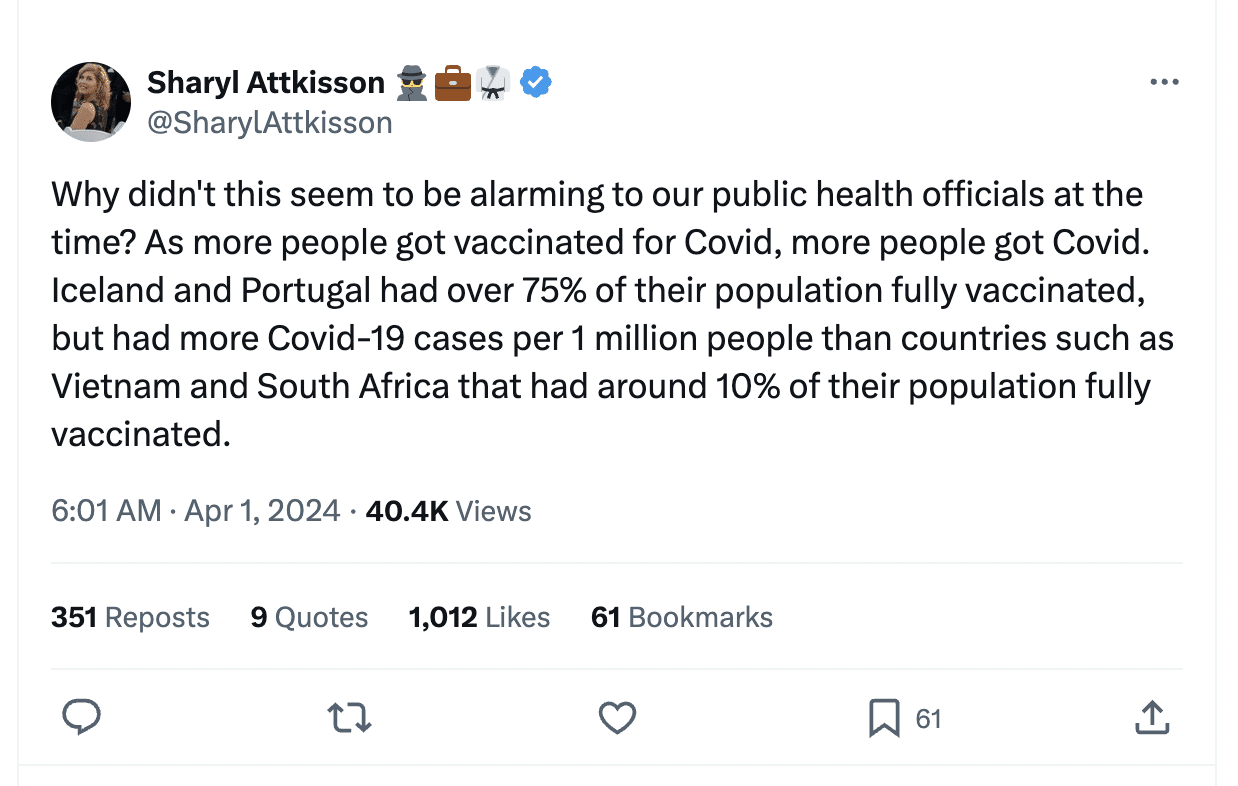
Claim:
“As more people got vaccinated for Covid, more people got Covid.”
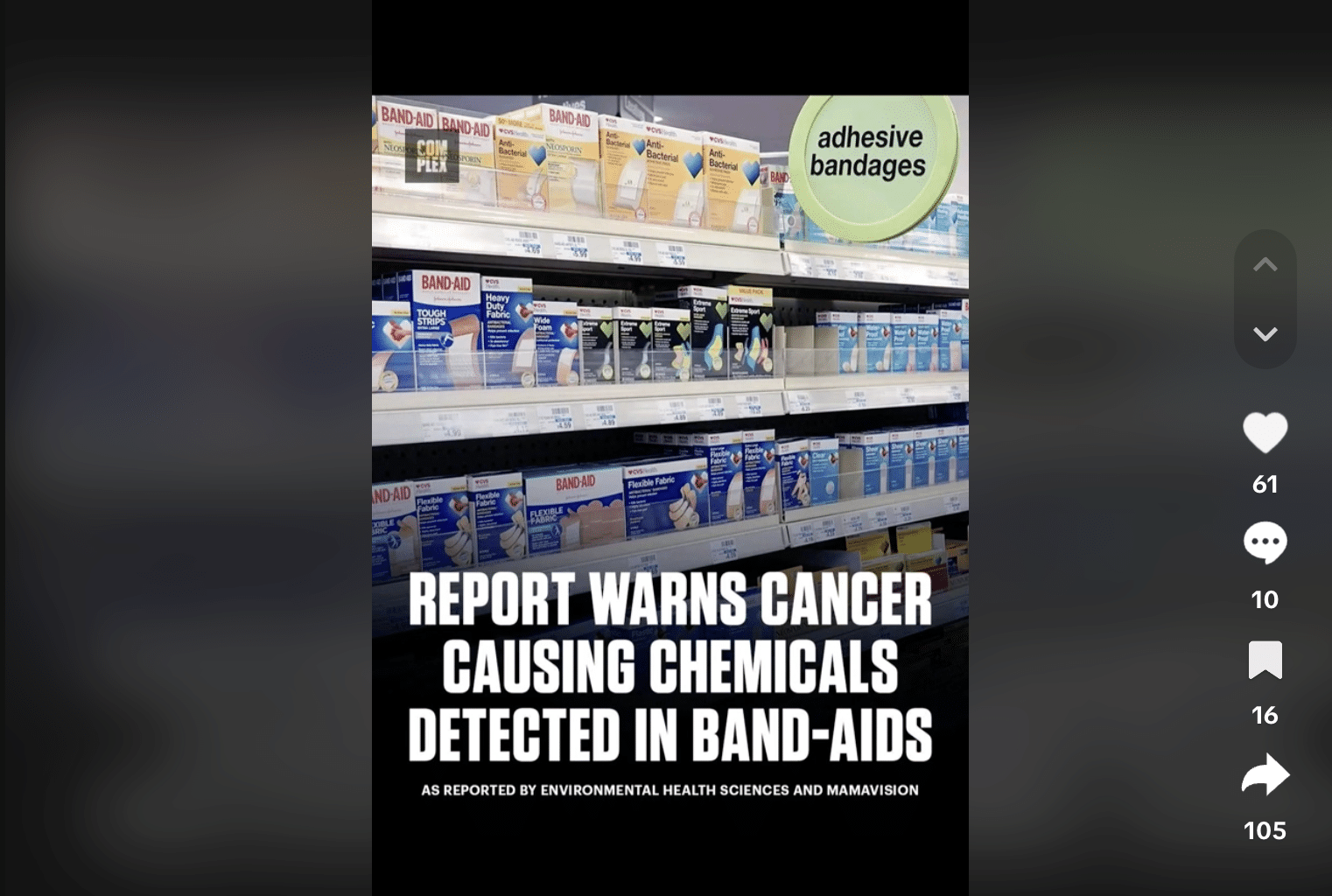
Claim:
Cancer-causing forever chemicals found in Band Aids
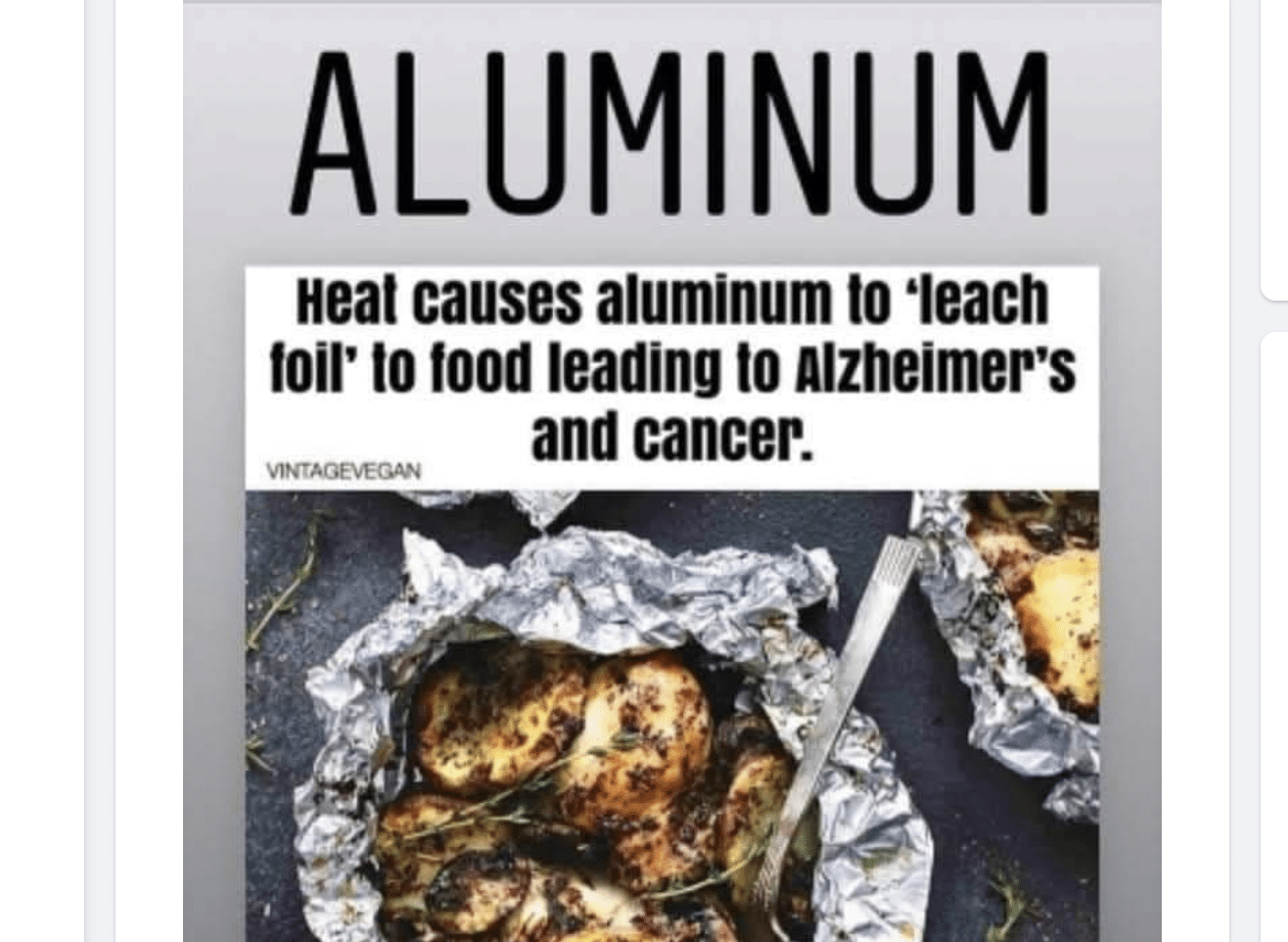
Claim:
Cooking with aluminum foil can cause Alzheimer’s, cancer
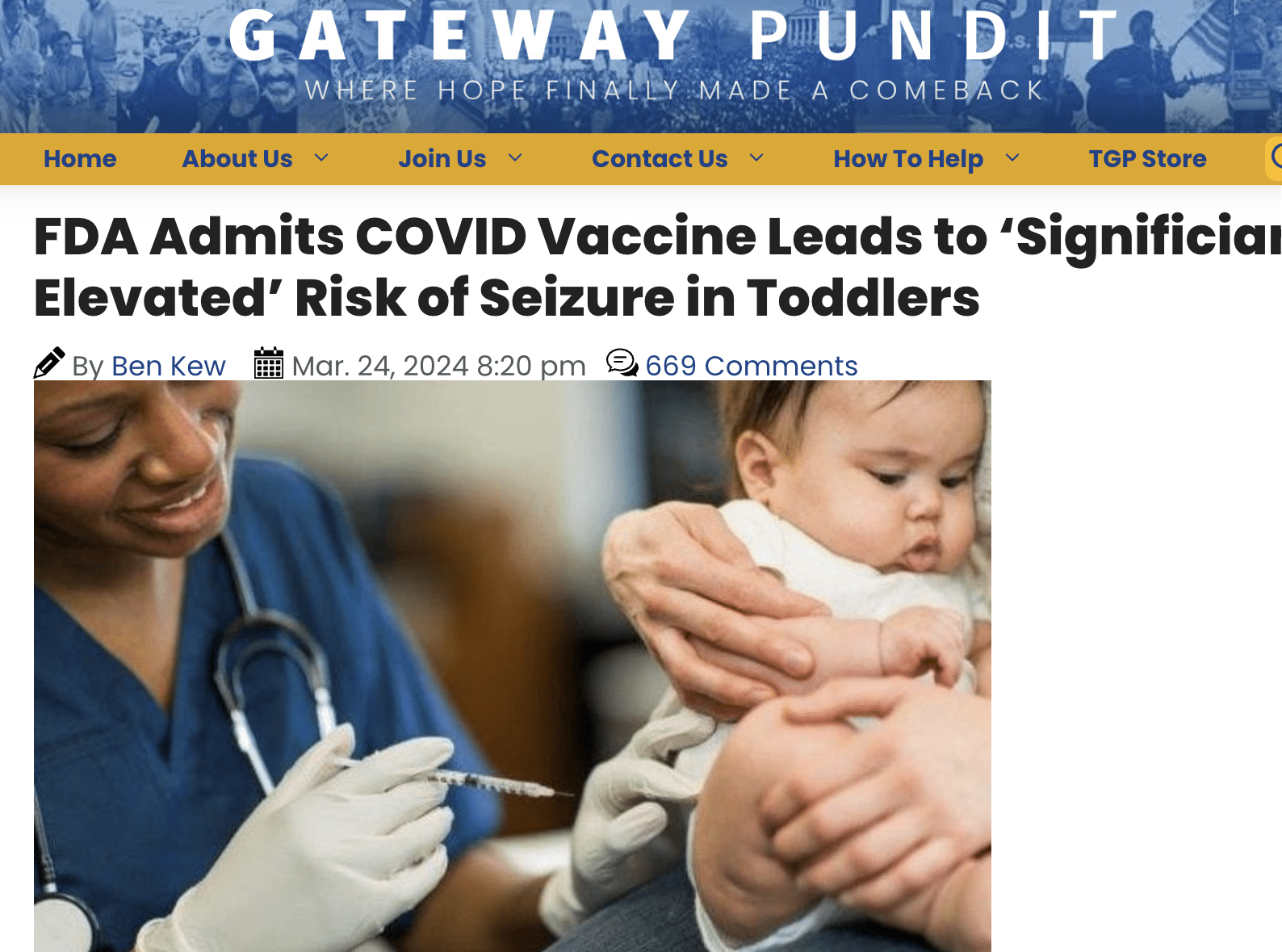
Claim:
“FDA admits” that “young children are at a ‘significantly elevated’ risk of seizure after taking the COVID-19 vaccine”